The 1980s were an interesting time for automobiles—a transition period from the muscle car era to more fuel-efficient designs, with plenty of questionable styling choices along the way. Many cars from this decade were mocked for their boxy shapes, peculiar features, or seemingly underwhelming performance. Yet as with many things in life, time has a way of transforming the ridiculous into the revered. What follows are ten automobiles that were often the butt of jokes when they debuted, but now command serious respect—and serious money—from collectors worldwide.
1. DeLorean DMC-12
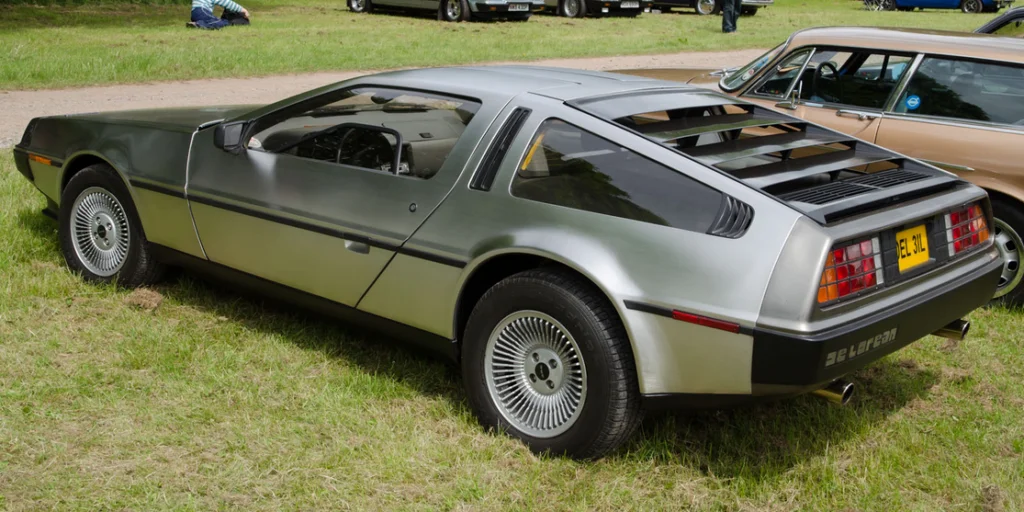
The stainless steel DeLorean with its iconic gull-wing doors became the punchline of late-night comedians after the company’s spectacular collapse and founder John DeLorean’s notorious drug trial. Its underpowered PRV V6 engine delivered disappointing performance that couldn’t match its futuristic looks, leading many critics to dismiss it as style over substance. Production lasted barely a year (1981-1982) with about 9,000 units made before the company imploded in one of the automotive industry’s most public failures. Car and Driver drives down memory lane to celebrate this car’s history and relation to a popular franchise.
The car’s starring role in “Back to the Future” gave it cultural cachet, but for years, DeLoreans remained relatively affordable oddities—the weird cars with no paint that couldn’t get out of their own way. Fast forward to today, and well-maintained DeLoreans regularly command $50,000-$100,000, with pristine examples fetching considerably more from collectors who grew up dreaming of time travel. The limited production numbers, distinctive design that screams ’80s futurism, and fascinating corporate backstory have transformed this former laughingstock into a blue-chip collector car that continues to appreciate in value.
2. Ferrari Mondial
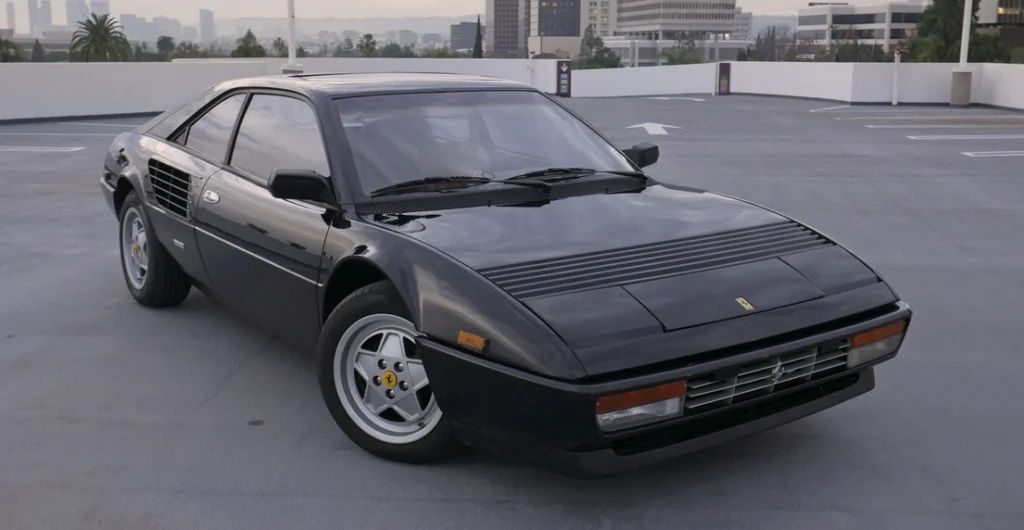
The Ferrari Mondial was considered the awkward, unloved child of the Ferrari family—too bulky, too slow, and too practical to be a “real” Ferrari in many enthusiasts’ eyes. Auto journalists mercilessly mocked its relatively modest performance, with its 0-60 mph time of around 9 seconds feeling particularly un-Ferrari-like compared to the brand’s more exotic offerings. Even its styling was controversial, with its elongated wheelbase and higher roofline (to accommodate rear passengers) creating proportions that many found ungainly compared to Ferrari’s sleeker models. Hagerty asserts that despite the snubbing it often received, it offers positive aspects that few others can boast of.
The Mondial suffered the ultimate indignity of becoming the least expensive used Ferrari on the market, often trading for the price of a mid-range family sedan as depreciation hit hard. Today, however, early Mondial models in top condition can command $70,000-$100,000, with rare variants like the cabriolet and later fuel-injected models fetching significantly more. Collectors now appreciate its unique position as one of the few family-friendly Ferraris ever made, combined with its relative reliability and the inherent exclusivity of that prancing horse badge.
3. BMW M1

BMW’s first mid-engine supercar was plagued with production problems after Lamborghini backed out of the manufacturing partnership, leading to delays that made it seem outdated when it finally arrived in 1978 (continuing into the early ’80s). Its angular styling by Giorgetto Giugiaro was considered too plain and boxy for a supercar, lacking the drama of Italian competitors. The M1’s production run of just 453 examples meant it was a commercial disappointment that was quickly overshadowed by more successful BMW models. Car and Driver digs into the archive to explore the history of this unique vehicle.
For years, the M1 remained relatively affordable for a limited-production European exotic, often overlooked by collectors who preferred more flamboyant supercars from Lamborghini or Ferrari. The market awakening has been dramatic—M1s now regularly sell for $500,000 to $700,000, with perfect examples cracking the million-dollar mark at auction. Collectors now recognize the M1 as the founding father of BMW’s now-legendary M division, appreciating its perfect balance of German engineering and Italian design influence, along with its rarity and historical significance.
4. Porsche 928

The Porsche 928 was intended to eventually replace the 911, a plan that earned it instant derision from Porsche purists who viewed its front-engine V8 design as heresy. Auto enthusiasts mockingly called it the “German Corvette” and criticized its hefty weight, automatic transmission option, and luxury-oriented personality as betrayals of Porsche’s sporting heritage. Its bug-eyed pop-up headlights and rounded posterior became targets for ridicule, with some critics comparing its appearance to a bar of soap with headlights.
Throughout the 1990s and early 2000s, used 928s became notorious depreciation disasters, often available for less than $10,000 with many examples suffering from neglect due to expensive maintenance requirements. The market correction has been profound—pristine early 928s and later GTS models now command $60,000 to $150,000 depending on condition, year, and specification. Collectors have finally embraced the 928’s grand touring character, recognizing that its ahead-of-its-time technology, sophisticated engineering, and relatively low production numbers make it a unique piece of Porsche history.
5. Lamborghini LM002
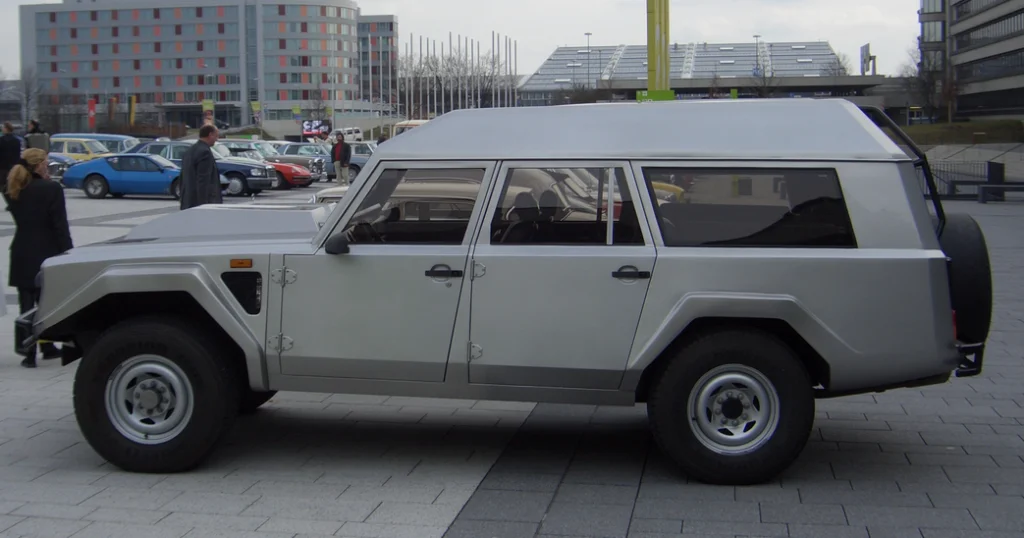
Nicknamed the “Rambo Lambo,” this military-inspired SUV with a Countach V12 engine was considered an absurd vanity project when it debuted in 1986. Auto critics questioned who would want a gas-guzzling (averaging 8 mpg), impractical off-roader that cost as much as a house yet had an interior that seemed cobbled together from various parts bins. Production numbers were tiny, with only 328 units produced during its 1986-1993 run, and many considered it an embarrassing misstep from a company known for sleek supercars.
The LM002 languished in the collector car market for years, with examples often selling for a fraction of their original MSRP well into the 2000s as maintenance costs terrified potential buyers. The surge in both luxury SUV popularity and collector interest in unusual ’80s vehicles has catapulted values into the stratosphere, with LM002s now regularly commanding $250,000 to $400,000 depending on condition. What was once derided as an unwieldy, impractical monster is now celebrated as a visionary precursor to today’s high-performance luxury SUVs like Lamborghini’s own Urus.
6. Aston Martin Lagonda

The wedge-shaped Aston Martin Lagonda sedan looked like it had arrived from another planet when it launched in 1976 and continued production through the ’80s with its impossibly long, sharp-edged design. Its revolutionary (but notoriously unreliable) digital dashboard and touch-sensitive controls were frequent targets of ridicule as they often failed, sometimes leaving owners unable to operate basic functions. Each Lagonda reportedly cost Aston Martin more to build than they sold them for, contributing to the company’s financial troubles while becoming a symbol of excessive ’80s futurism gone wrong.
Throughout the 1990s and 2000s, used Lagondas were considered maintenance nightmares that could be purchased for the price of a new Toyota, despite their original six-figure price tags. The design that was once mocked as excessive has aged into retro-futuristic cool, with well-restored examples now selling for $150,000 to $250,000 as collectors recognize their historical significance and boundary-pushing design. With only 645 units produced over its entire run, the Lagonda’s rarity and unmistakable profile have transformed it from automotive punchline to coveted collector’s piece.
7. AMC Eagle
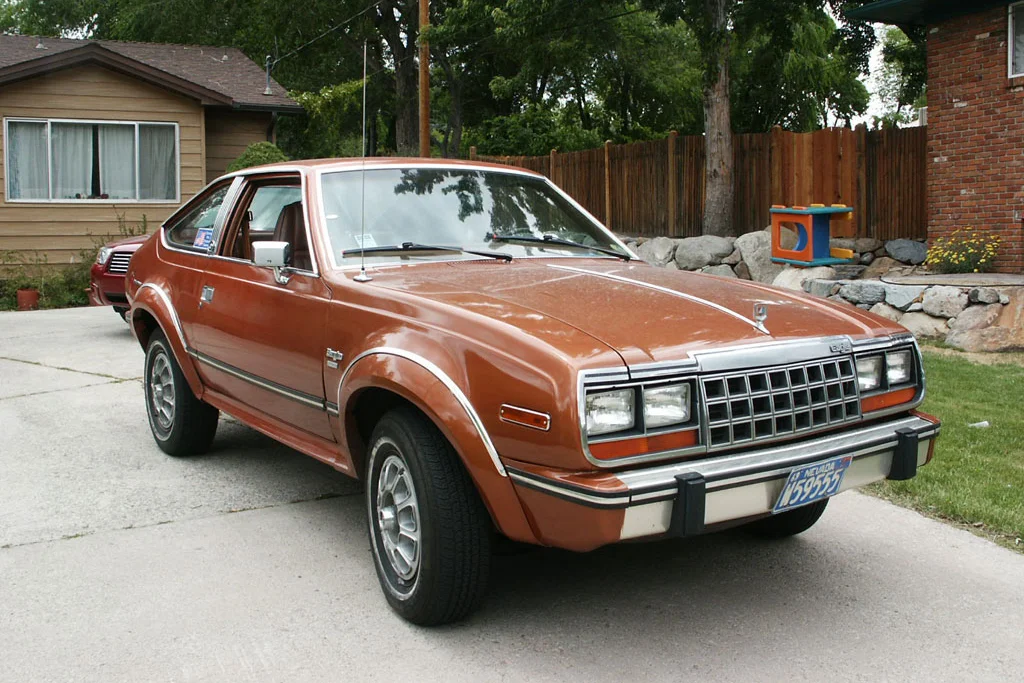
The AMC Eagle was arguably decades ahead of its time—a car-based crossover with four-wheel drive that baffled consumers who didn’t understand why anyone would want a jacked-up station wagon with off-road pretensions. Critics mocked its appearance as ungainly and confused, with one memorably describing it as “a passenger car with a serious glandular condition.” AMC’s financial struggles and impending doom cast a shadow over the Eagle, which many saw as a desperate Hail Mary from a dying company rather than the pioneering vehicle it actually was.
Eagles were often treated as disposable transportation, with many succumbing to rust or mechanical issues long before anyone considered preserving them. Clean, low-mileage AMC Eagles (particularly rare variants like the Sundancer convertible or Kammback) now regularly fetch $25,000 to $35,000—extraordinary prices for what was once considered an automotive oddity. Collectors and car historians now recognize the Eagle as the grandfather of modern crossovers like the Subaru Outback, appreciating its innovation and unique place in automotive history as the first mass-produced crossover vehicle.
8. Volkswagen Vanagon Westfalia

The boxy Volkswagen Vanagon was frequently derided for its anemic power, with its 0-60 mph time measured by calendar rather than stopwatch (particularly at higher altitudes). Critics and comedians alike mocked these vans as hippie-mobiles that struggled to maintain highway speeds, creating rolling roadblocks on inclines. The Westfalia camper versions, with their pop-tops and tiny kitchens, seemed particularly outdated in an era of excess, often dismissed as relics from the 1960s counterculture that had inexplicably survived into the Reagan era.
Throughout the 1990s, used Westfalias could be found in classified ads for a few thousand dollars, often with high mileage and questionable maintenance histories. The vanlife movement and resurgence of outdoor adventure culture has completely transformed the market, with pristine Vanagon Westfalias now regularly commanding $50,000 to $120,000 depending on condition and specifications. The Syncro all-wheel-drive variants are particularly valuable, with exceptional examples occasionally crossing the $150,000 threshold—extraordinary sums for vehicles that were once considered underpowered, outmoded transportation.
9. Toyota FJ60 Land Cruiser

The boxy Toyota Land Cruiser of the 1980s was considered hopelessly outdated compared to more modern SUVs, with its agricultural driving dynamics and spartan interior drawing criticism from automotive media. Its utilitarian design seemed out of step with the increasingly luxurious SUV market, while its thirsty carbureted engines earned it a reputation as a gas-guzzler without the prestige of American or European 4x4s. Many were worked hard as functional vehicles and discarded when they wore out, with few seeing them as future collectibles.
Throughout the 1990s and early 2000s, used FJ60s were primarily sought by off-road enthusiasts on tight budgets, often modified heavily and subjected to punishing trail use. The market transformation has been remarkable—pristine, original FJ60 Land Cruisers now regularly sell for $40,000 to $80,000, with exceptional examples pushing past $100,000. What was once dismissed as a primitive workhorse is now celebrated for the very qualities that were once criticized: its mechanical simplicity, overbuilt construction, and timeless boxy design that epitomizes 1980s rugged utility.
10. Buick Grand National GNX
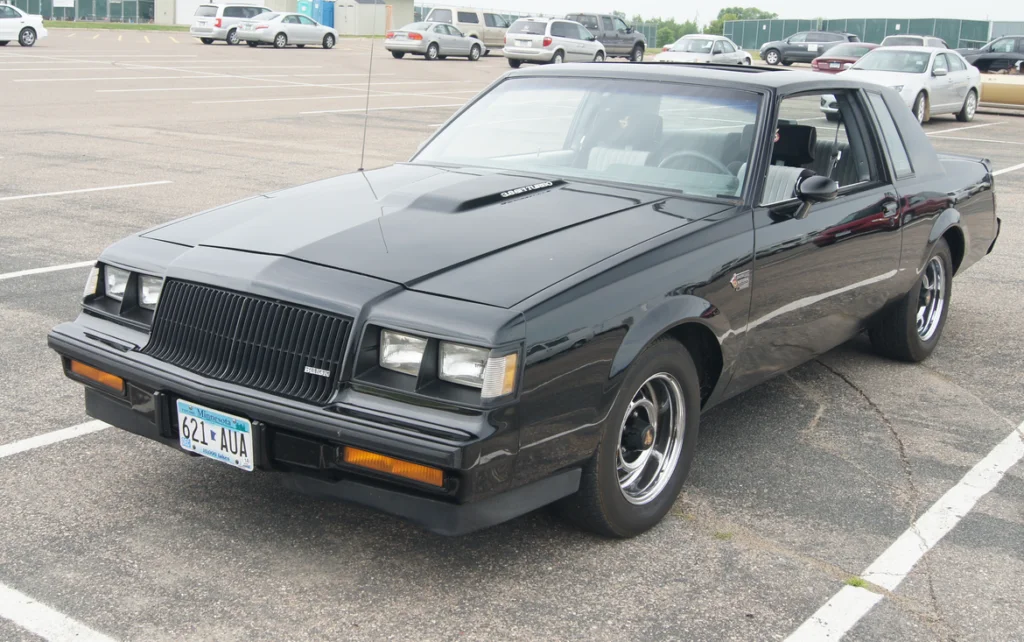
The Buick Grand National seemed like an unlikely performance car—a turbocharged version of the rather ordinary Regal coupe that didn’t even have a V8 engine in an era when that was considered essential for American muscle. Its monochromatic black appearance was considered overly austere in the flashy ’80s, earning it nicknames like “Darth Vader’s car” and leading many to dismiss it as a dressed-up economy car. The limited production GNX variant of 1987 was even criticized for its high price tag, which approached Corvette territory despite its humble G-body underpinnings.
Used Grand Nationals suffered typical GM depreciation throughout the 1990s, with many modified heavily or driven hard before their significance was widely appreciated. The transformation in the collector market has been seismic—GNX examples (of which only 547 were produced) now regularly command $150,000 to $250,000, with a perfect example selling for a record-breaking $275,000 in 2021. What was once mocked as “not a real Buick” for its turbocharged V6 is now revered as an engineering landmark that beat Ferraris in straight-line acceleration and represented the last hurrah of the original muscle car era.
The automotive landscape is littered with once-popular vehicles that have been forgotten with time. Yet these ten examples remind us that sometimes the most mocked, misunderstood, or ahead-of-their-time vehicles eventually get the last laugh. Today’s automotive oddball might be tomorrow’s auction star—a humbling reminder that conventional wisdom in the car world often has a short shelf life. The vehicles we dismiss today might just be the ones future generations will wish they had purchased when they had the chance.


